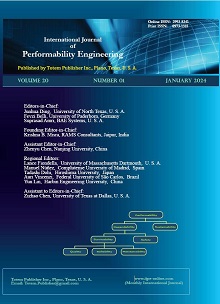-
Deep Learning-Based Face Emotion Recognition: A Comparative Study
- Rohit Chandra Joshi, Aayush Juyal, Abhijeet Mishra, Avni Verma, and Kanika Singla
-
2024, 20(1):
1-9.
doi:10.23940/ijpe.24.01.p1.19
-
 Abstract
Abstract
 PDF (557KB)
PDF (557KB)

-
References |
Related Articles
Face Emotion Recognition (FER) is a form of biometrics used to analyze and deduce the emotional state of any individual. Several challenges arise while implementing such systems due to the variability in expression depending on factors like age and culture, variance in head poses restricting the emotion to be captured, and occlusions degrading the quality of images. With the attention now turning towards Deep Learning (DL), Convolutional Neural Networks (CNN) are the predominant method where the parameters can get tuned, i.e., the number of layers to discover the preferred model for the given problem. This study experiments with a CNN model incorporating 12 layers, operating on two datasets to detect various emotions. A comparison is made between the performance of the CNN model using visual metrics, including confusion matrix and classification reports, along with evaluation metrics such as accuracy, precision, recall, and F1-score. The experimented CNN model obtained an accuracy of 86% with Young AffectNet-HQ and 92% achieved with AffectNet-HQ, thereby showing promising results.

